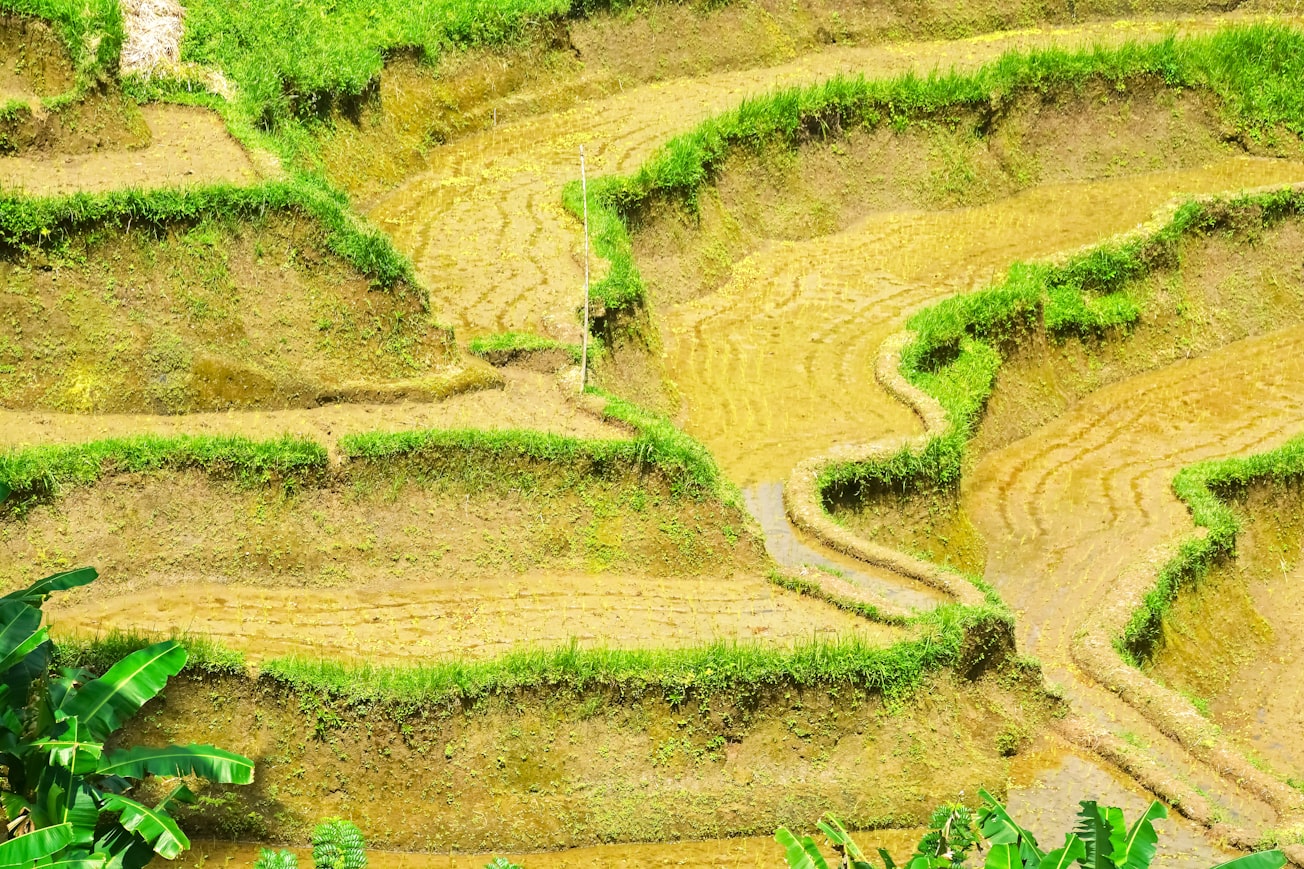Featured Image

Photo by Jeremy Bezanger on Unsplash
Why is it important?
Agroforestry has enormous potential for reducing the poverty, enhancing the livelihood, improving the food security and mitigating the climate change. The agroforestry suitability mapping is performed using remote sensing and GIS technology based on The study aims at applying the geospatial tools to various soil and environmental data in the Palamu district of Jharkhand, India, to achieve a nutrient availability and agroforestry suitability map in the open area. The Landsat satellite data, ASTER DEM and dec-adal annual rainfall data were used to generate wetness, land use/land cover (LULC), elevation, slope, and rainfall maps. The LULC-forestry suitability surface was generated using the layers viz. nutrient availability, slope, wetness, rainfall and elevation through GIS integration in the ArcGIS 10.1 platform by assigning different weights to each thematic layer as per its importance. The thematic layer the form of high, medium and low grids with 1km x 1km spacing. We also generated a poverty map, a map for one of the complete watersheds covering a specific part of the study area and a drainage map for the whole study area to understand its relationship/ proximity to a high agroforestry suitability grid. watersheds, drainage and poverty maps were evaluated based on its proximity to agroforestry suitability. The study reveals that the proximity of the high agroforestry suitability land grid towards the high poverty grid was approximately more than 80%, whereas the proximity to the drainage pattern was roughly 70%. Evaluation of the complete watershed covering part of the study area reveals that approximately 60% of the watershed area grid has the proximity of a high agroforestry suitable land grid. The high agroforestry suitability and its proximity to high poverty, drainage pattern and watershed-based analysis offer opportunities for local people to use agroforestry in soil and water conservation practices, provided they are supported by adequate funds and technology, and will greatly contribute to poverty alleviation and an increase of the livelihood. The ongoing agroforestry projects can be further extended in open areas of a high agroforestry suitability grid for long-term benefits. The research findings are of great importance as the majority of people in rural areas in India suffer from poverty and too small livelihood. Therefore, India has adopted the agroforestry policy that exploits its potential. The government needs to extend and implement agroforestry projects accordingly. There is an urgent need to assess and analyse such problems and to generate a village-to-state map to better understand the potential of land for agroforestry, which would strengthen the efforts of policy makers to create better and sustainable future.
Read the Original
This page is a summary of: Land Evaluation in terms of Agroforestry Suitability, an Approach to Improve Livelihood and Reduce Poverty: A FAO based Methodology by Geospatial Solution: A case study of Palamu district, Jharkhand, India, Ecological Questions, July 2017, Uniwersytet Mikolaja Kopernika/Nicolaus Copernicus University,
DOI: 10.12775/eq.2017.006.
You can read the full text:
Contributors
The following have contributed to this page









